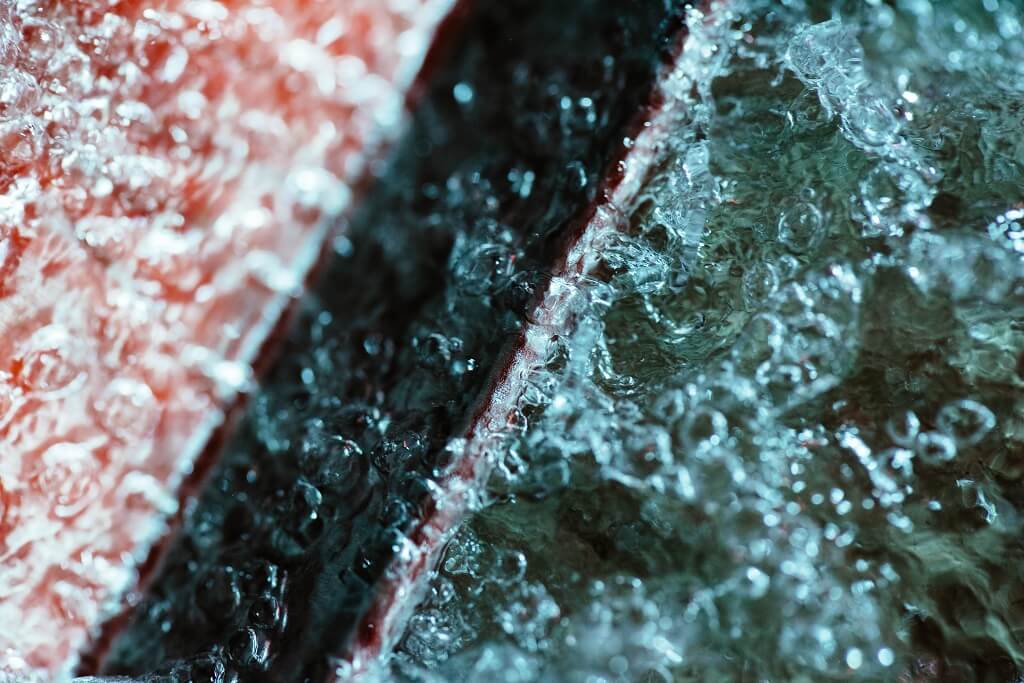In some cases, you might actually be losing minerals in your RO water. Here are some suggestions to ensure you have all the healthy alternatives in your water such as calcium and magnesium.
As you have probably learned, Reverse Osmosis removes most of the harmful contaminants from water such as chlorine, lead, and other unhealthy elements.
On the downside, reverse osmosis technology will sometimes remove needed healthy elements from the water. We will address these concerns so you will have the best water from reverse osmosis.
What Exactly Is Going on During The Reverse Osmosis Process?
We will go through the process of reverse osmosis so you will understand what is going on. In basic terms, the RO filtration system, consisting of a membrane and filters to catch the water before it's poured. The filtration is on the scale of microscopic. During the RO process, membranes allow water to pass through but will leave behind anything that is a larger particle size than its 0.0001-micron pore size. In other words, 1 micron is equal to approximately 0.00004 inches while a human hair is approximately 75 microns in width.
A semipermeable or semi=absorbent membrane grabs and holds bacterial and impurities in water. It also prevents salt and other minerals from getting through. That means that reverse osmosis water will not contain minerals you would normally drink.
Reverse osmosis is perfect in areas that contain harmful contaminants making it unsafe to drink the water. However, reverse osmosis is a healthy alternative in the western region of the world. Does that mean it's doing more harm than good?
About The Minerals
In general, most humans get minerals from the foods they eat, not from water. If you go by the findings of the World Health Organization or WHO, you can read reports that WHO has published claiming that reverse osmosis water is an issue.
Some reports believe if you drink water minus minerals like reverse osmosis water, it can literally pull minerals out of the food you eat. In other words, when you urinate, you are losing minerals that would otherwise be absorbed. As an example, when cooking vegetables, the minerals are extracted out of the vegetables into the water to compensate for the absence of minerals.
The minerals are removed that can be up to 60 or 70%. In turn, that means a low amount of minerals are available for your body which is why WHO has determined that reverse osmosis water is an adverse influence on human and animal organisms.
How You Can Get Minerals Back into Your Reverse Osmosis Water?
As of date, many RO systems in homes come with a built-in remineralization filter. This filter will bring back healthy minerals during the final stage before the water is poured.
There are other steps you take to get minerals back into your diet:
Mineral-Rich Salt
You can't just grab an ordinary table salt to replenish minerals in your RO water. You need to have a special sea salt which is loaded with minerals like Himalayan sea salt. Himalayan sea salt Is offers approximately 84 trace minerals and is very inexpensive to buy. If you purchase sea salt that is fine, you will not have to worry about that added salty taste in your water.
You can just add a pinch of salt in a glass of water or add a quarter teaspoon in one gallon of water.
Reverse Osmosis Remineralized Filters
These filters are perfect for adding minerals back into the water if you use a RO under-sink system.
There are several RO systems that come with a remineralization filter but if you don't have one, you can purchase a filter designed for easy installation. The benefits of these filters, they produce alkaline water that comes out of your faucet. You will not have to add minerals on your own. Most of these remineralizing filters will add calcium to your RO water. Some provide magnesium and others even add up to 5 types of minerals into the RO water.
Reverse osmosis water is, in fact, a great way to have access to pure water that does not contain chemicals or contaminants. Rest assured, these filters will block medication residues that have been known to show up in water supplies. That said, you should not blow off the lack of minerals in the water.
There are several significant health benefits including the removal of contaminants and chemicals that you would otherwise digest. The upside, remineralizing the water is giving you valuable protection coming from the filter while giving you the benefits of minerals.
It's actually quite easy to remineralize RO water once you know how to. Just make sure you only buy quality products to replace the missing minerals. Never choose low-quality products. Be sure to get real Himalayan sea salt and purchase a filter or a water pitcher that is manufactured by reputable manufacturers. You will continue to enjoy excellent pure water with the healthy benefits you need. Having access to pure drinking water is imperative to your health. Don't settle for things that don't work. Get quality filtration systems and give your body a break!



